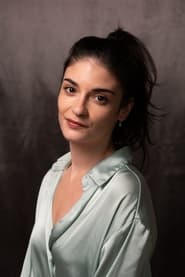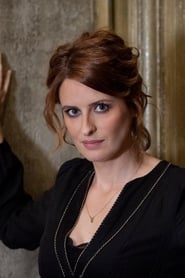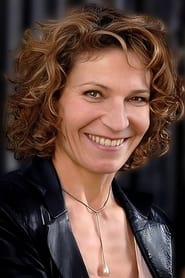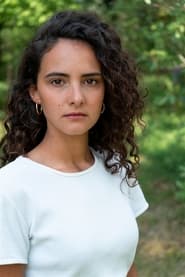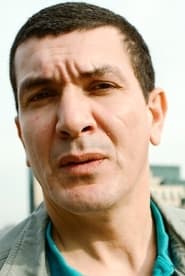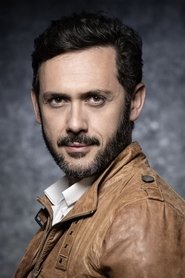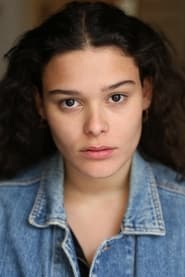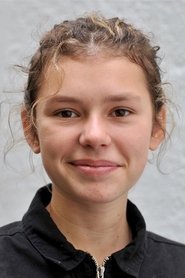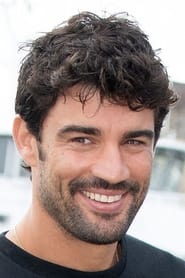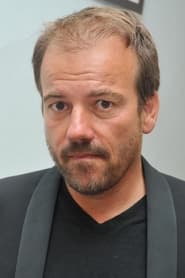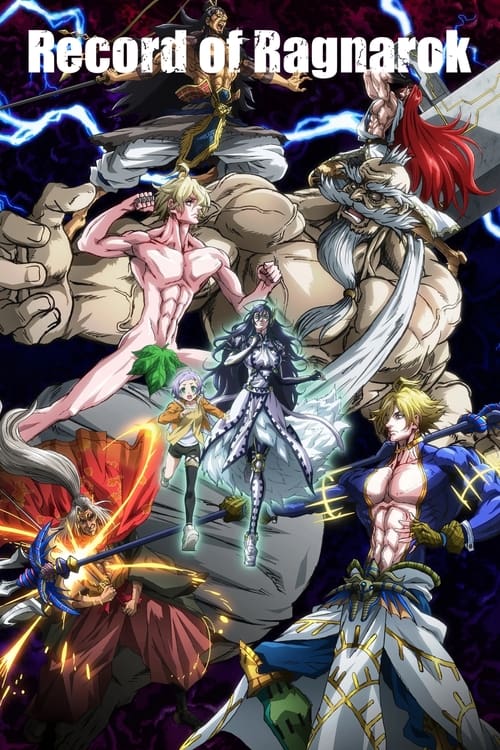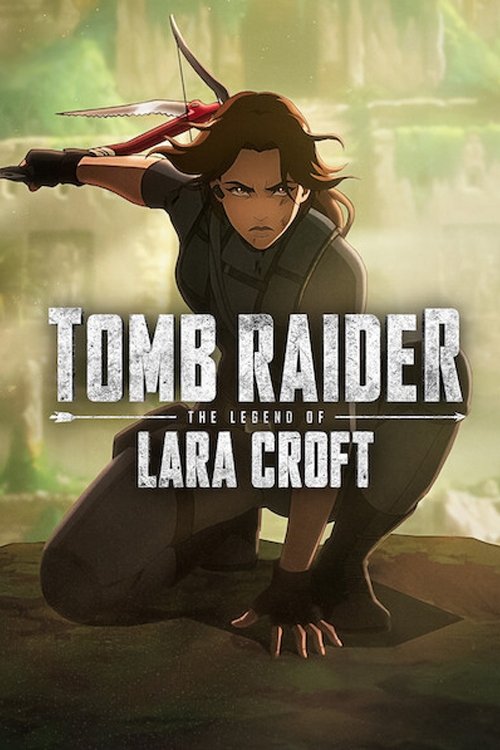
Ask Your Own Question
What is the plot?
In episode 116 of Plus belle la vie, the story begins with the aftermath of the previous events, where tensions are high among the characters. The episode opens in the Mistral neighborhood, where the sun rises over the bustling streets. We see the familiar faces of the residents as they go about their morning routines, but there is an underlying sense of unease.
As the camera pans to the Bar du Mistral, we find Roland preparing for the day. He is in a contemplative mood, reflecting on recent events that have shaken the community. His thoughts are interrupted by the arrival of Mirta, who is concerned about the well-being of her daughter, Luna. Mirta expresses her worries about Luna's recent choices and the people she has been associating with. Roland tries to reassure her, but it is clear that both are anxious about the future.
Meanwhile, at the police station, the atmosphere is tense as the officers discuss a recent case that has been troubling them. Boher is particularly invested in the investigation, feeling a personal connection to the victims involved. He is determined to find answers and bring justice, which drives him to work late into the night. His partner, Samia, notices his obsession and tries to encourage him to take a break, but Boher brushes her off, insisting that they are close to a breakthrough.
Back at the Mistral, Luna is seen meeting with her friend, who is involved in some questionable activities. Luna is torn between her loyalty to her friend and her desire to make better choices. As they talk, her friend pressures her to join in on a risky plan that could lead to trouble. Luna hesitates, feeling the weight of her decisions, but ultimately agrees, wanting to prove her loyalty.
The scene shifts to the police station, where Boher receives a tip-off about a potential lead in the case. He and Samia rush to follow up on the information, their adrenaline pumping as they prepare for what could be a significant development. They arrive at a location that seems suspicious, and Boher's instincts kick in. He takes the lead, instructing Samia to cover him as they approach the building.
As they enter, the tension escalates. They find themselves in a confrontation with a group of individuals involved in the criminal activities they are investigating. A fight breaks out, and Boher and Samia must use their training to subdue the suspects. The scene is chaotic, with shouts and the sounds of struggle echoing through the space. Boher's determination shines as he fights to protect Samia and bring the criminals to justice.
Meanwhile, back at the Bar du Mistral, Mirta receives a phone call that leaves her visibly shaken. She learns that Luna has been caught up in a dangerous situation, and her heart races with fear. She rushes to find Luna, desperate to protect her daughter from the consequences of her choices. The urgency in her movements reflects her deep love and concern.
The episode culminates in a dramatic confrontation at the location where Boher and Samia are dealing with the suspects. Mirta arrives just in time, and the emotional stakes are high as she calls out for Luna. The tension peaks as Luna is faced with the reality of her decisions, caught between her loyalty to her friend and her mother's desperate plea for her safety.
In the final moments of the episode, the characters are left to grapple with the consequences of their actions. Boher and Samia manage to apprehend the suspects, but the emotional toll of the confrontation weighs heavily on them. Mirta embraces Luna, tears in her eyes, as they both realize the fragility of their situation. The episode ends on a cliffhanger, leaving viewers anxious for what will happen next in the lives of the residents of the Mistral.
🔥 Trending TV Shows Now
Browse All TV Shows →What is the ending?
In the ending of "Plus belle la vie," season 3, episode 116, the characters face various emotional confrontations and decisions that lead to significant changes in their lives. The episode culminates in a tense atmosphere, with unresolved conflicts and the characters grappling with their choices.
As the episode unfolds, we see the characters navigating their personal dilemmas. The tension between them escalates, leading to confrontations that reveal their true feelings and motivations. By the end, some characters find resolution, while others are left with lingering questions about their futures.
The episode begins with a palpable tension in the air, as the characters are still reeling from the events that have transpired in previous episodes. The camera pans through the bustling streets of Marseille, capturing the vibrant life of the city, juxtaposed with the internal struggles of the characters.
In the first scene, we find Vincent sitting at a café, his expression a mix of determination and anxiety. He is contemplating his next move regarding his relationship with his estranged partner. The weight of his decisions hangs heavily on him, and he reflects on the mistakes he has made. His internal conflict is evident as he stares into his coffee, lost in thought.
Meanwhile, at the Mistral, the atmosphere is charged as the characters gather for a meeting. The camera captures the worried faces of the residents, each one grappling with their own issues. As they discuss the recent events, the dialogue reveals the fractures in their relationships. The tension escalates when a heated argument breaks out between two characters, showcasing the deep-seated resentments that have been building.
In a parallel scene, we see Luna in her apartment, pacing back and forth. She is torn between her feelings for her current partner and the unresolved emotions she has for her past love. The internal struggle is palpable as she picks up her phone, hesitating to make a call that could change everything. Her emotional turmoil is mirrored in the way she clutches her phone tightly, as if it were a lifeline.
As the episode progresses, the characters begin to confront each other. In a pivotal scene, Vincent finally decides to confront his partner, leading to a heart-wrenching conversation. The dialogue is raw and honest, revealing their vulnerabilities. Vincent expresses his regrets, and his partner responds with a mix of anger and sadness. This confrontation serves as a turning point for both characters, forcing them to reevaluate their relationship.
Simultaneously, Luna makes the difficult decision to reach out to her past love. The scene is charged with emotion as she dials the number, her heart racing. When the call connects, the tension is palpable. Their conversation is filled with unspoken words and lingering feelings, highlighting the complexity of love and the choices we make.
As the episode nears its conclusion, the characters begin to find some semblance of resolution. Vincent and his partner agree to take a step back and reassess their relationship, acknowledging the need for space and understanding. This moment is bittersweet, as they both realize that love is not always enough to overcome the challenges they face.
Luna, on the other hand, finds a sense of closure in her conversation. While it does not lead to a reunion, it allows her to express her feelings and move forward. The emotional weight lifts slightly as she hangs up the phone, a small smile breaking through her tears.
The final scenes of the episode show the characters reflecting on their choices. Vincent sits alone at the café once more, a sense of peace washing over him as he contemplates the future. Luna stands by her window, looking out at the city, a newfound determination in her eyes.
As the screen fades to black, the audience is left with a sense of hope and uncertainty. The characters have faced their demons, but the journey ahead remains unclear. Each character's fate is left open-ended, inviting viewers to ponder the complexities of love, relationships, and the choices that shape our lives.
Is there a post-credit scene?
In "Episode 116" of "Plus belle la vie," there is no post-credit scene. The episode concludes without any additional content after the credits roll. The focus remains on the main storyline and character developments throughout the episode, leaving no room for a post-credit moment. The narrative wraps up with the events and emotions experienced by the characters, providing a satisfying conclusion to the episode's plot.
How do the relationships between the characters evolve in this episode?
In Episode 116, relationships among the characters are tested and evolve dramatically. Friendships are strained, and romantic tensions surface, leading to pivotal moments that redefine how the characters interact with one another moving forward.
What conflict arises between the characters in Episode 116?
In Episode 116, tensions escalate between the characters as misunderstandings and secrets come to light. The episode focuses on the fallout from a recent betrayal, leading to confrontations that reveal deeper emotional wounds.
How does the character of Thomas react to the events in this episode?
Thomas is portrayed as conflicted and emotionally charged in Episode 116. He grapples with feelings of betrayal and anger, which lead him to confront those he feels have wronged him, showcasing his vulnerability and desire for resolution.
What role does the setting of the Mistral play in the events of Episode 116?
The Mistral serves as a backdrop for the unfolding drama in Episode 116, with its familiar streets and communal spaces amplifying the characters' interactions. The setting highlights the close-knit nature of the community, making the conflicts feel more personal and immediate.
Which character experiences a significant turning point in Episode 116, and what is it?
In Episode 116, the character of Luna experiences a significant turning point as she confronts her past decisions. This moment of self-reflection leads her to make a choice that could alter her relationships with others in the Mistral.
Is this family friendly?
In "Episode 116" of Plus belle la vie, there are several elements that may be considered objectionable or upsetting for children or sensitive viewers.
-
Emotional Conflicts: The episode features intense emotional confrontations between characters, which may be distressing for younger viewers. The portrayal of personal struggles and relationship tensions can evoke strong feelings.
-
Themes of Betrayal: There are underlying themes of betrayal and mistrust among characters, which could be unsettling for those sensitive to issues of loyalty and friendship.
-
Romantic Tensions: The episode includes romantic entanglements that may involve jealousy and heartbreak, which could be confusing or upsetting for younger audiences.
-
Family Issues: There are scenes that delve into family dynamics and conflicts, which might resonate negatively with viewers who have experienced similar issues in their own lives.
-
Mature Conversations: Some dialogues may touch on adult themes or situations that are not suitable for children, requiring a level of maturity to fully understand the implications.
These aspects contribute to a narrative that, while engaging, may not be entirely suitable for a younger audience or those who are sensitive to emotional or relational conflicts.




